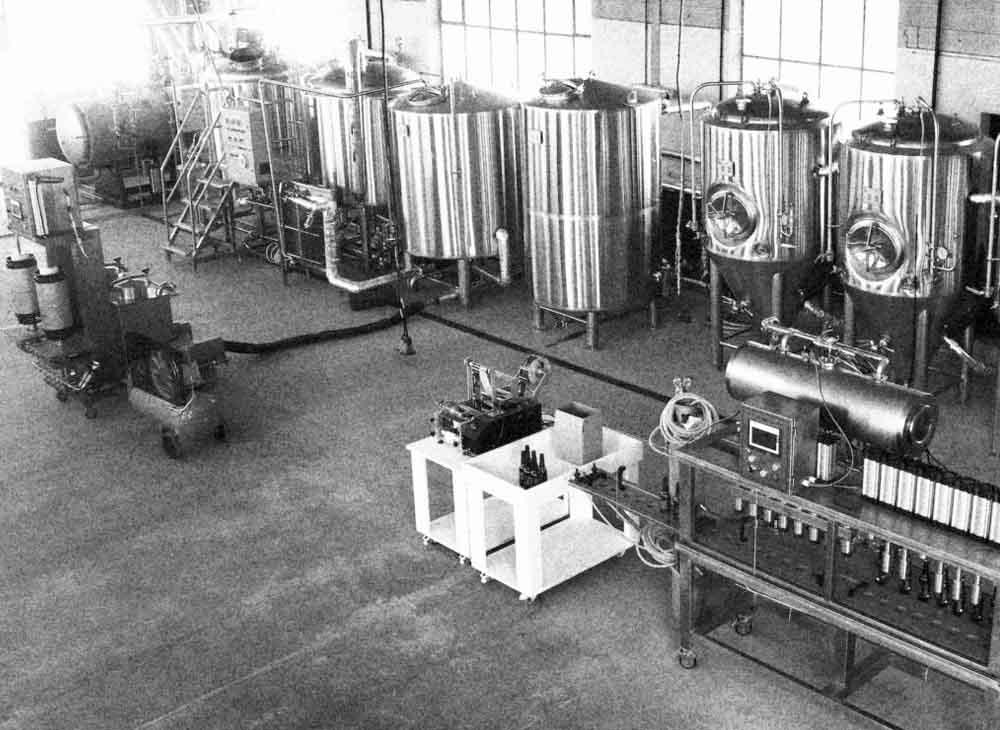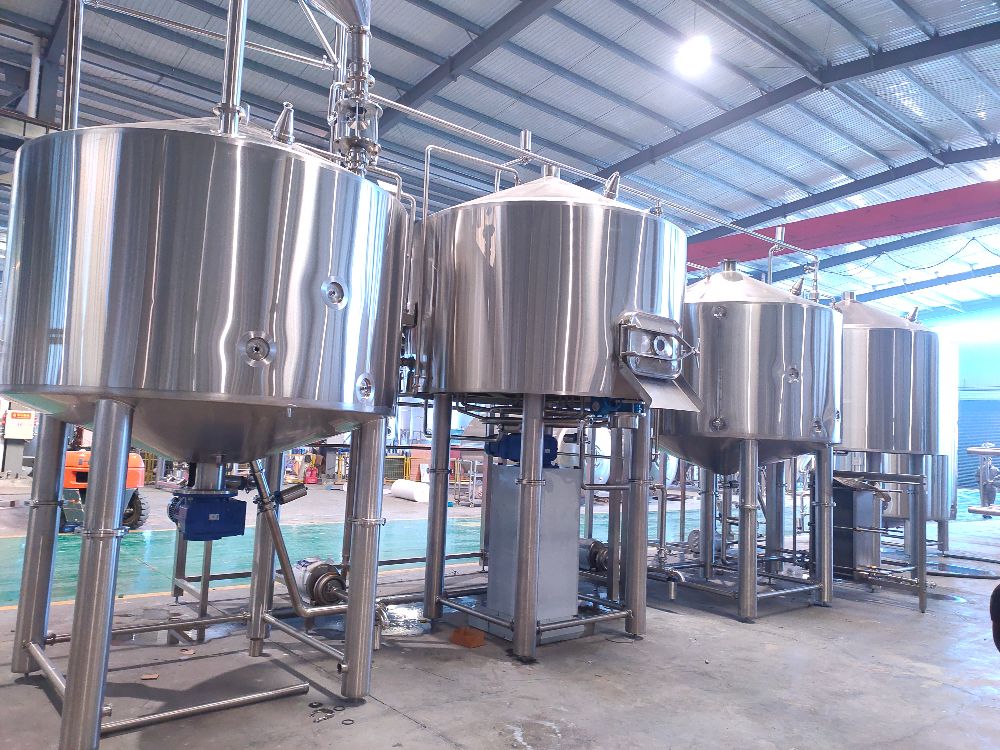Size Matters: How Much Headspace Do You Need in a Fermenter
- Dec 01, 2021
- 91
- tiantai
What is “Head Space”? How is it defined? What is its use?
I think these questions will come to mind when you see that concept for the first time.
The concept of “headspace” usually appears in the description of the tank and is read by the customer as a parameter.
1. What is “headspace”?
That is a concept used to describe the empty space in the fermentation tanks. That space should not be full of any material.
It’s the safe margin of the tank. The pressure tanks must have enough head space to ensure security.
2. How is it defined?
①Regular Headspace
For Example:
10HL Fermentation Vessel (Regular Headspace:25% exclude top head)
Working Volume: 1000L
Total Volume (Exclude Top Head): 1260L
Grand Total Volume (Include Top Head): 1416L
Head Space (Exclude Top Head): 26%
The formua is (Total Volume - Working Volume)/Working Volume x100%

This is Tiantai’s standard of headspace for fermentation vessels.
②Small Headspace
Also, there is another formula to calculate headspace:
10HL Fermentation Vessel (Small Head Space:25% include top head)
Working Volume: 1000L
Total Volume (Exclude Top Head): 1136L
Grand Total Volume (Include Top Head): 1272L
Headspace (Include Top Head): 27%
The formua is (Grand Total Volume - Working Volume)/Working Volume x100%
The only difference between these two formulas is the total volume, which includes the top head.
Choosing the appropriate headspace fermentation vessel depends on what the brewer thinks about the beer he would like to create.
3. What’s its use?
The head space is used to:
Digitally define the empty space in the tank.
Maintain normal use of the spray ball.
Maintain the normal pressure safety factor of the tank.
There will be a spray ball at the top of the tank for CIP cleaning which should not be submerged in liquid. The position of the CIP spray ball is slightly higher than the sidewall. So the liquid level should not be beyond the sidewall, not to mention reaching the top dished head.
You need enough space to allow gases to safely escape the fermenter without leading to an explosion while simultaneously giving the foam produced enough space to expand before sinking back into the beer.
There are other gases that are produced during the fermentation process, but CO2 is by far the most abundant. In the early growth stage, within the first couple of days of fermentation, CO2 will rise out of your beer and combine with other compounds in the beer to form a foamy layer.
When the foamy layer sinks back into the beer later in fermentation, it gives us back some of those compounds which form it. These compounds, proteins for example, will help contribute to things like the head retention of your beer.
Derrick
Sales Manager
[email protected]
Tiantai Beer Equipment
I think these questions will come to mind when you see that concept for the first time.
The concept of “headspace” usually appears in the description of the tank and is read by the customer as a parameter.
1. What is “headspace”?
That is a concept used to describe the empty space in the fermentation tanks. That space should not be full of any material.
It’s the safe margin of the tank. The pressure tanks must have enough head space to ensure security.
2. How is it defined?
①Regular Headspace
For Example:
10HL Fermentation Vessel (Regular Headspace:25% exclude top head)
Working Volume: 1000L
Total Volume (Exclude Top Head): 1260L
Grand Total Volume (Include Top Head): 1416L
Head Space (Exclude Top Head): 26%
The formua is (Total Volume - Working Volume)/Working Volume x100%

This is Tiantai’s standard of headspace for fermentation vessels.
②Small Headspace
Also, there is another formula to calculate headspace:
10HL Fermentation Vessel (Small Head Space:25% include top head)
Working Volume: 1000L
Total Volume (Exclude Top Head): 1136L
Grand Total Volume (Include Top Head): 1272L
Headspace (Include Top Head): 27%
The formua is (Grand Total Volume - Working Volume)/Working Volume x100%
The only difference between these two formulas is the total volume, which includes the top head.
Choosing the appropriate headspace fermentation vessel depends on what the brewer thinks about the beer he would like to create.
3. What’s its use?
The head space is used to:
Digitally define the empty space in the tank.
Maintain normal use of the spray ball.
Maintain the normal pressure safety factor of the tank.
There will be a spray ball at the top of the tank for CIP cleaning which should not be submerged in liquid. The position of the CIP spray ball is slightly higher than the sidewall. So the liquid level should not be beyond the sidewall, not to mention reaching the top dished head.
You need enough space to allow gases to safely escape the fermenter without leading to an explosion while simultaneously giving the foam produced enough space to expand before sinking back into the beer.
There are other gases that are produced during the fermentation process, but CO2 is by far the most abundant. In the early growth stage, within the first couple of days of fermentation, CO2 will rise out of your beer and combine with other compounds in the beer to form a foamy layer.
When the foamy layer sinks back into the beer later in fermentation, it gives us back some of those compounds which form it. These compounds, proteins for example, will help contribute to things like the head retention of your beer.
Derrick
Sales Manager
[email protected]
Tiantai Beer Equipment


.jpg)

